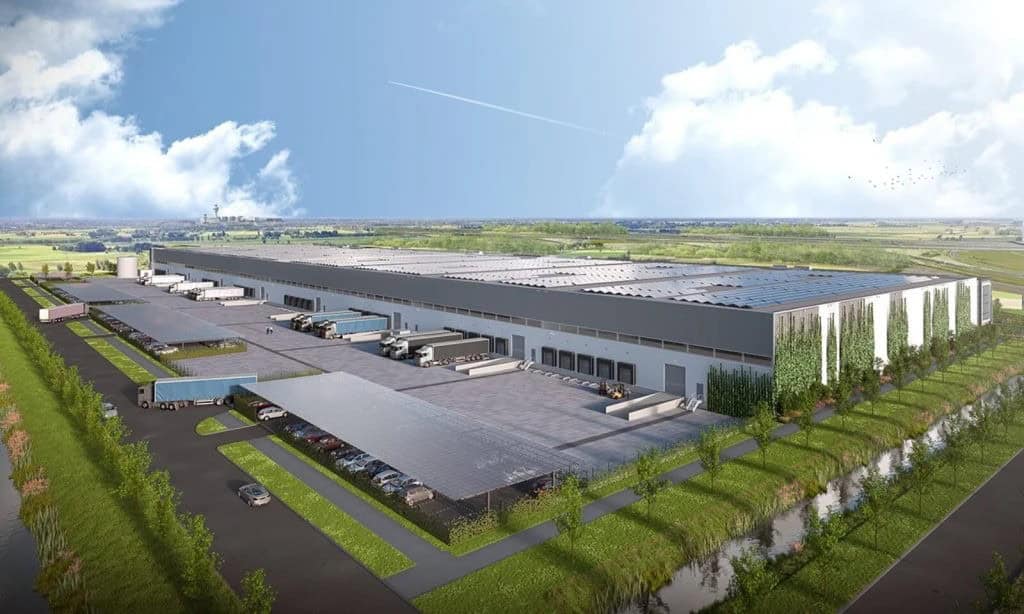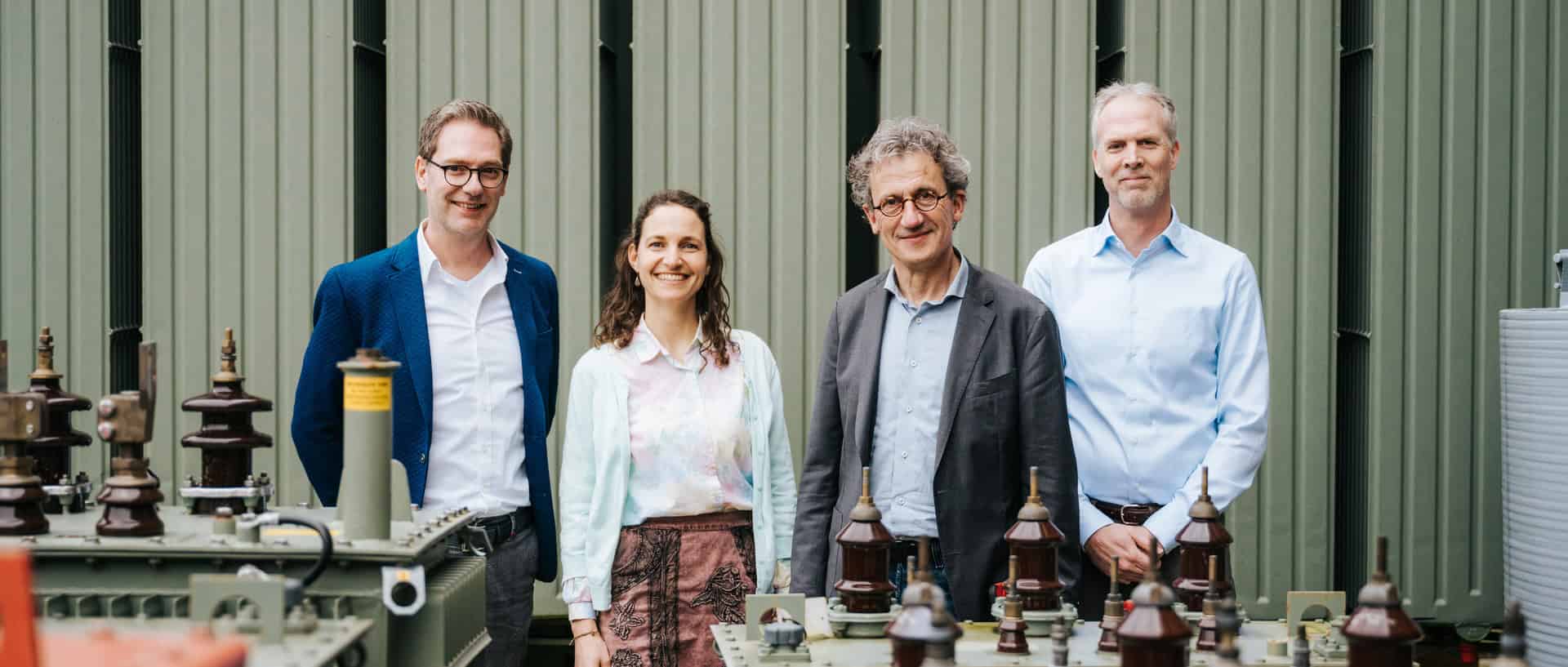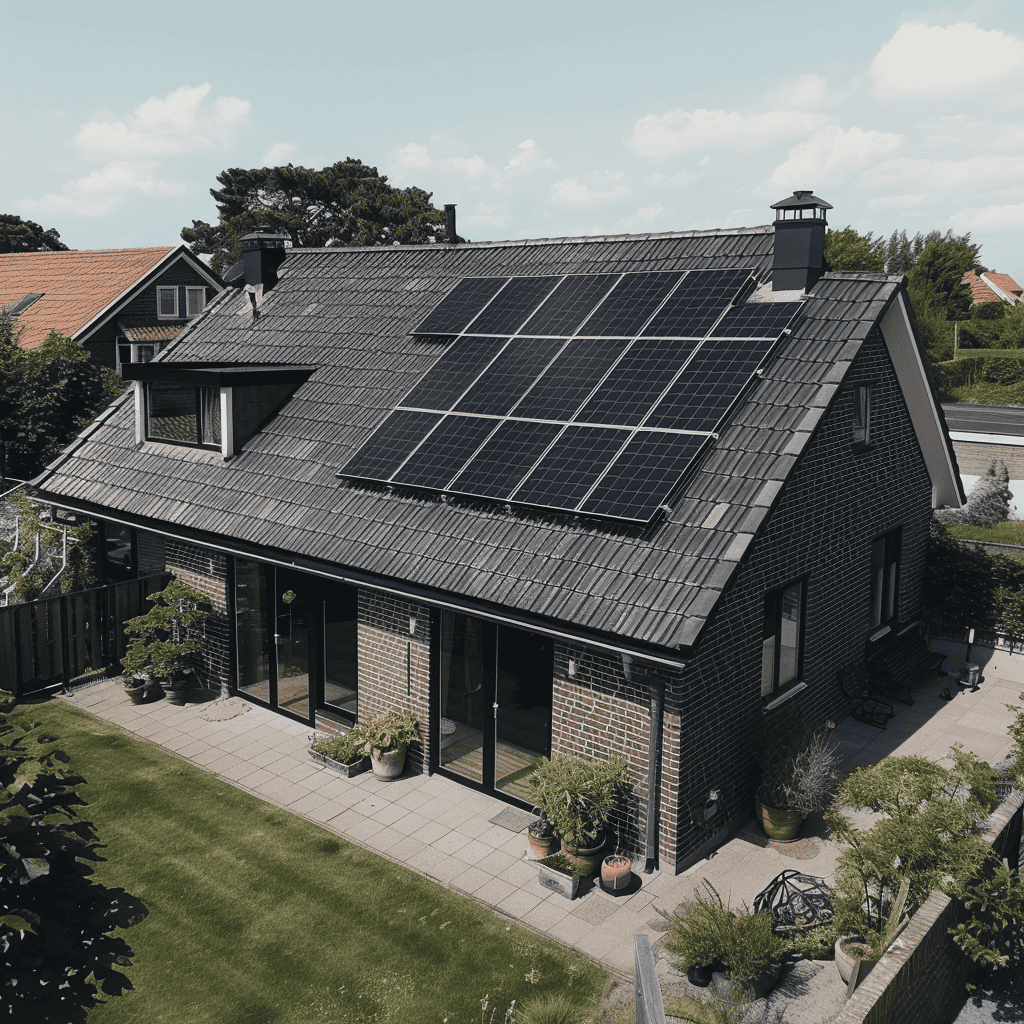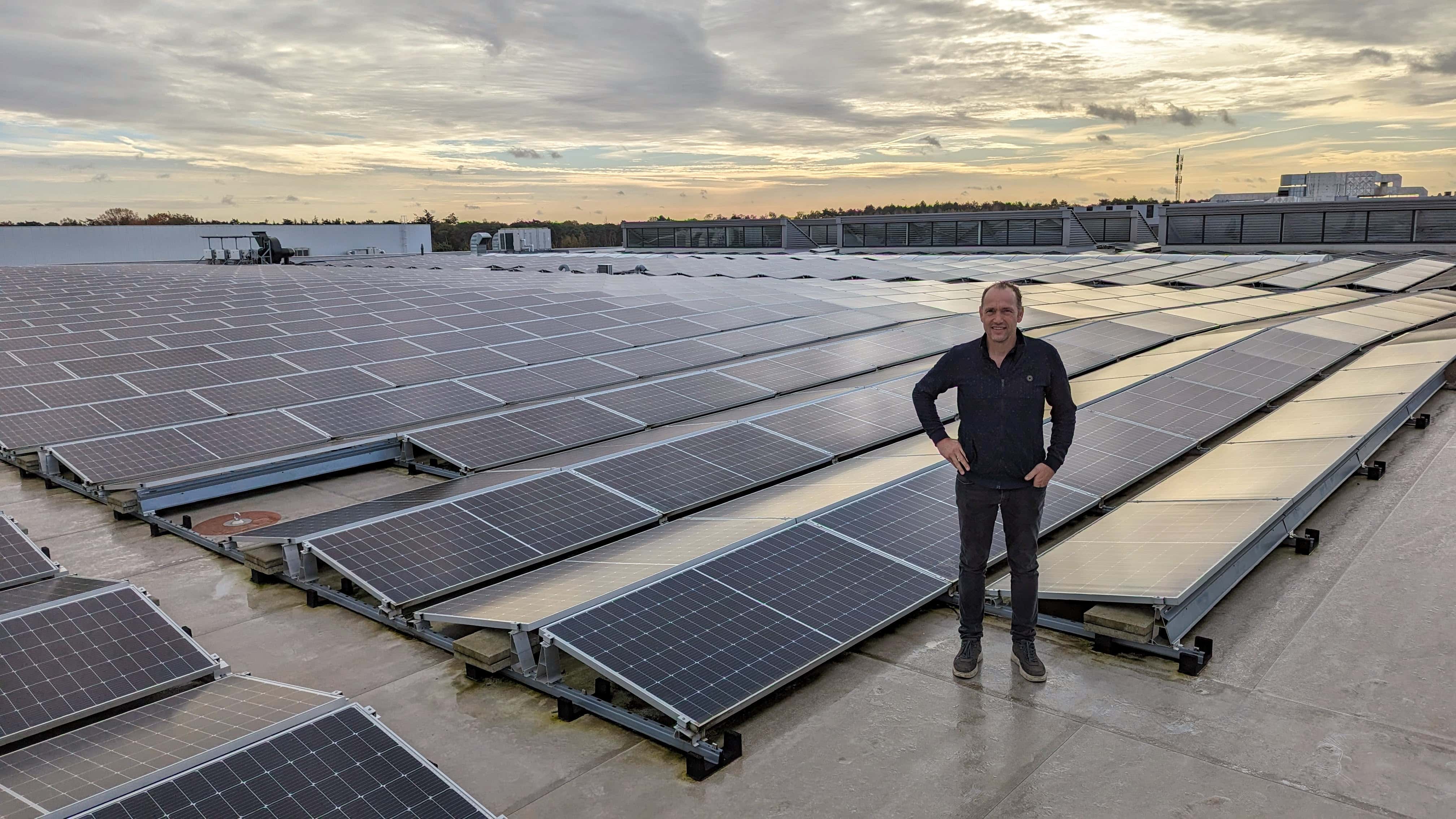
In October 2020, no additional transport capacity was available for companies that wanted to connect to the grid at Schiphol Trade Park (STP). The business park, sitting next to the main Dutch airport, saw its expansion at risk due to grid congestion. Therefore, the area developer SADC (Schiphol Area Development Company) went on the lookout for potential solutions. The deployment of a virtual grid solution turned out to be the right match. The digital grid has been live for two and a half years, helping the companies in this energy collective run and expand their activities.
Road to 2050
It might seem far off, but 2050 is 26 years away. 2050 is the year set by EU countries to become climate-neutral, aligning with the targets previously set by the Paris Agreement. What does climate neutral mean? For a service, process, or product to be climate neutral means that all greenhouse gases it produces are offset by climate measures. Although reducing emissions is the primary way to achieve climate neutrality, this does not mean there are no emissions; they are offset through support for climate protection projects.
What steps do we need to take to achieve climate neutrality? How do we make our economy climate-neutral? In Road to 2050, we will look at the challenges we need to overcome.
Spectral is the company behind virtual grid technology. It develops software for managing and integrating renewable energy. The firm, headquartered in Amsterdam, offers different energy asset management options. STELLAR is the software used in the Schiphol Trade Park, which accommodates the integration and optimization of renewable energy systems.
When asked about his definition of virtual grid, Stefan Kop simply describes it as: “Sharing capacity as a collective of companies or entities in a smart way.” Kop is Spectral’s energy consultancy team lead and has closely followed the deployment of the virtual grid at Schiphol Trade Park.
The software

The starting point of the STP project saw companies that could not access the electricity grid, as the capacity of the local substation–what dispatches power– was fully taken, causing congestion problems. However, those connected to the grid don’t always use the capacity they contracted for and sometimes use the electricity they produce with solar panels. As a result, demand is lower, and some of the available capacity is untapped. Hence, the idea of sharing capacity and putting it at the disposal of the group of companies.
Thus, Spectral’s software orchestrates the energy operations at STP. Reading the activity on the grid on a second basis keeps the network adaptive and flexible. “In the background, the system also forecasts all expected grid demands. If we notice that we are about to approach the grid limit, we can already start turning on generators. If there is congestion on the supply side, we can charge batteries,” explains Kop.
Users and Spectral can access a dashboard displaying all real-time energy production and consumption statistics. This gives them an overview of what is happening and allows them to take action whenever needed.
Setting up a virtual grid
Taking a step back, what does setting up a virtual grid entail? Once the companies or entities have come together, Spectral can conduct a first analysis. Combining data from the metering company, the businesses part of the cohort, and the grid operator is the first step to understanding how much capacity is contracted and what the consumption amounts and peaks are. Based on this information, Spectral sits down with each collective member to discuss their future electricity plans. Understanding if they plan to expand further, switch to electric heating, or install solar panels defines the future energy profile of each cohort member.
Then, the companies legally form an energy collective, becoming an entity with a single energy contract with the grid operator. The engineering phase comes next, as Spectral physically connects with the assets – such as batteries and solar panels – by installing a meter. All practicalities – such as connecting assets to the Internet –are figured out, and the software can start working.
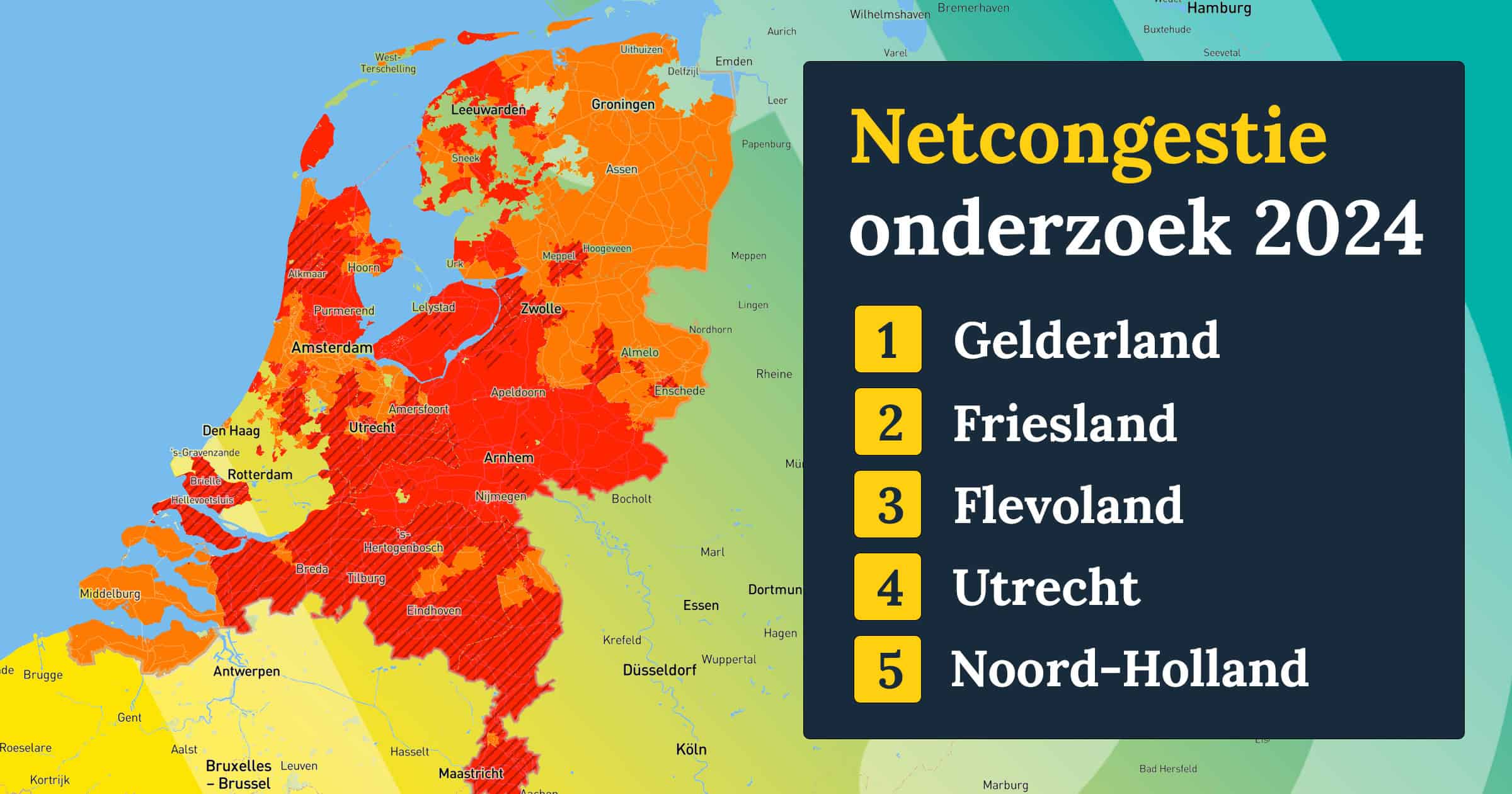
Sharing capacity
To Kop, collaboration is key to the establishment of virtual grids. Spectral is cooperating with grid operator Liander to ease the adoption of these solutions and, in general, group contracts that improve flexibility in capacity management. A possibility already available is the so-called capaciteitsbeperkingscontract (CBC, capacity limiting contract).
Kop: “For instance, as a company, if you already have 1 MW of capacity and want to increase it to 1.5 MW because of the congestion problems, you won’t get that. However, you can get that with a CBC contract. Still, the operator can tell you a day in advance if it can’t provide those 0.5 MW extra. The obligation to respond to the grid operator demand is shared with the group, meaning that your neighbor can share capacity if it consumes less than the operator predicted.” According to the expert, other grid operators will follow and offer similar options.

Impact
Last April, Spectral published the results of one full calendar year of operations at the Schiphol Trade Park. Across the whole year, the virtual grid delivered 2,104 MWh of electricity. Without the virtual grid, the companies would have had to invest further in assets and generators, which would have run for 31,000 hours. If these hours had been covered by diesel generators only, it would have meant using 468,000 m3 of gas and emitting 842 tons of CO2. The generators became the last resort and were only activated twice in two years.
A virtual solution to a virtual problem
“The main takeaway is that implementing these solutions works. This case also shows that, to some extent, grid congestion is a problem mainly on paper. Companies tend to overestimate their future energy consumption. That’s part of the reason why we have congestion problems; businesses ask for a higher capacity than what they need,” underscores Kop.
Meanwhile, Spectral keeps cooperating with the Schiphol companies, as the cohort members are satisfied with the solution. Besides STP, the energy software provider is active on several other projects across the country, paving the way for constructing more virtual grids and limiting congestion.



